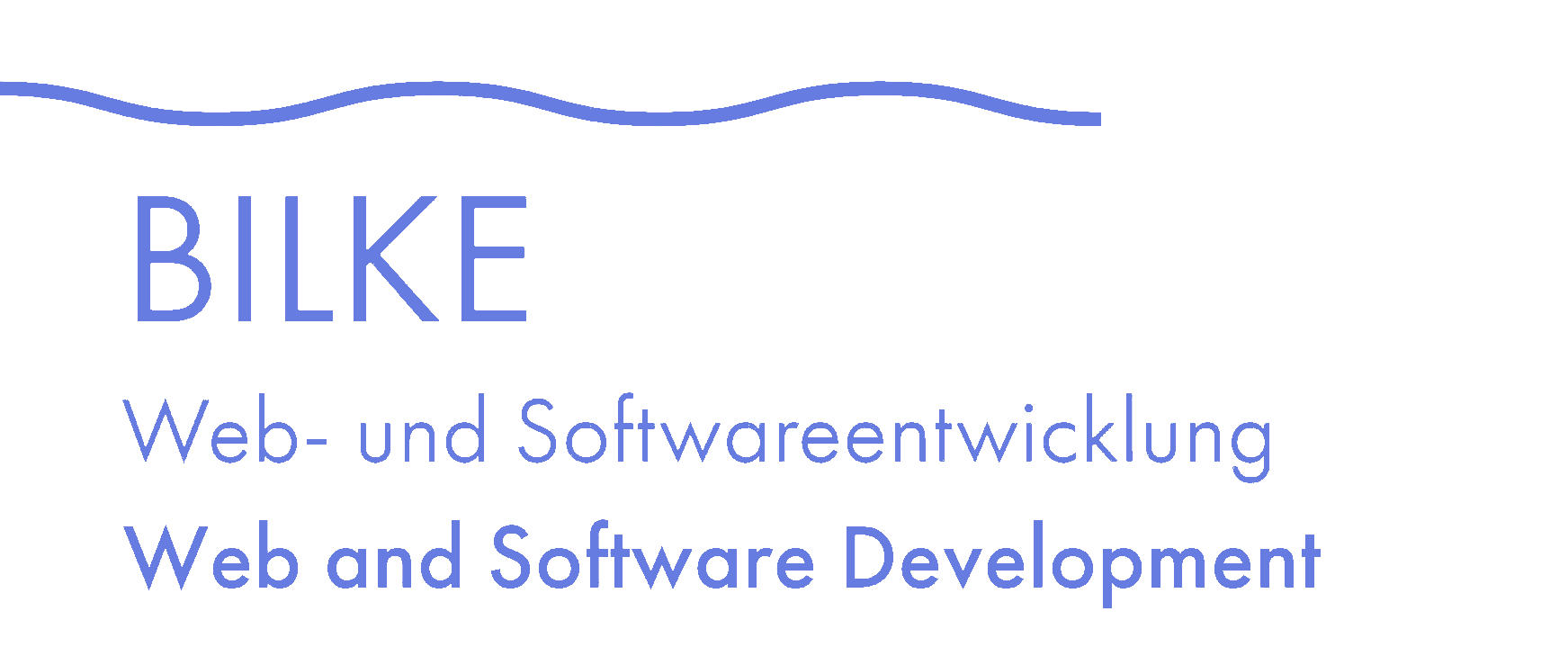Basics of computer science
Roughly speaking, this book is about computer science. Computer science refers to “everything that has more to do with the practical and theoretical side of computers.” [1]
Roughly speaking, this book is about computer science. Computer science refers to “everything that has more to do with the practical and theoretical side of computers.” [1]
Computer science is divided into:
Theoretical computer science
This “is generally about the structural structure of languages, especially programming languages, as well as the complexity and predictability of algorithms.” [1]
Practical computer science
Practical computer science deals with the “formulation of algorithms and programming methods.” The engineer learns “which programming language is most suitable for his projects.” [1]
Technical computer Science
This “examines the functional structure of the computer’s hardware. The engineer has to deal intensively with these elementary components and should be familiar with how components such as processors, memory, peripheral devices, networks and interfaces work.” [1]
Applied Computer Science
“Opens up possible applications for the use of computer science methods and provides application programs. The engineer is very active in this area and computer-based information systems are used for all operational functions.” [1]
“In mathematics, vectors, matrices, differential equations and transformations are used to form more or less static components or mutual functional dependencies. These relationships can usually be represented very clearly using formulas and, if the data is known, can also be calculated precisely.
Computer science, on the other hand, is about dynamic processes, sequential program sequences, loops, and concurrent, i.e. parallel, processes. Our entire economy, like the entire nature around us, is a juxtaposition of parallel, constantly changing processes! It's about making an estimate of future conditions based on a given situation. This is particularly difficult when a large number of parameters are not yet known.
If computer science didn't exist yet, it would have to be invented as quickly as possible!" [1]
“The von Neumann calculator
The von Neumann calculator consists of 5 functional units:
• Control unit
• Calculator (contains the ALU = Arithmetic Logic Unit)
• Memory
• Input
• Output
The control unit and the arithmetic unit together form the central processing unit (CPU), which in a PC is provided by the processor chip (e.g. Pentium). All components are connected to each other via a common bus structure.
The key point of the von Neumann computer is the serial processing of the individual calculation steps, but above all the storage of the program and data in the same memory. This means that a program can be changed as desired. Program addresses are handled and calculated like data and, for example, a jump to other addresses can take place depending on certain results (conditional jump).
This interrupts the linear processing of a program and automatically running loops and iterations can be carried out.
…
Client servers, peer-to-peer networks and cloud computing
In these systems, the von Neumann concept is broken by outsourcing computer tasks that require high resources. In client-server operation, resource-intensive tasks such as data or email management are transferred from the client to the server, which is equipped with high computing power. In peer-to-peer networks, each computer makes its resources available to the other connected computers. With cloud computing, the hardware such as the data center, data storage and software are no longer operated by the user themselves, but are rented as a service. The name cloud means that the data is no longer available locally in the company, but is geographically undetermined (cloudy). This module, for example, was written as a cloud using the LOOP authoring software developed by Oncampus. With a cloud application, you start a browser, log in, customize the application and immediately start using the application.” [1]
[1] Introduction to computer science, //vfhein.oncampus.de, as of January 14, 2019 1:19 p.m


